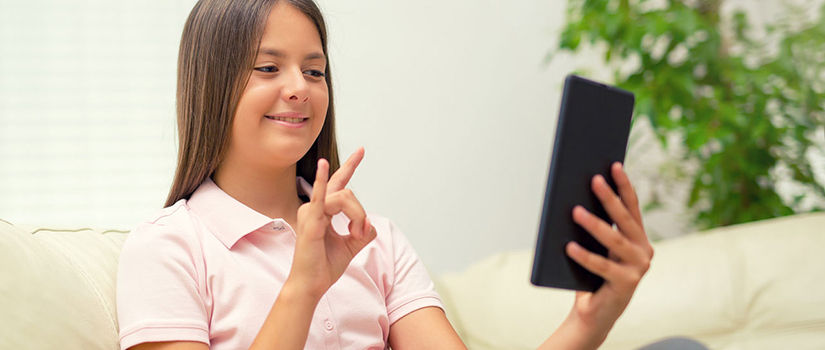Computer Accessibility
Mac and PC computers offer built-in accessibility options. Software can also provide additional features for low or no vision users. A wide variety of adapted keyboards and mice help individuals with physical disabilities.
Technology has made it possible for those with low or no vision to access websites and read computer documents. Solutions for the blind replace words with tactile and auditory inputs and outputs.
Users type in keyboard shortcuts to get auditory feedback about content on the computer screen. Screen readers may be built into computer operating systems or installed from dedicated software.
Magnifiers are used by people with low vision who can see their computer screen. These tools may change the screen’s contrast, visually enhance the mouse pointer and cursor or read elements of the screen to the user.
Large print keyboards make letters easier to see, helping those with low vision. Refreshable Braille displays can be used with a screen reader connected to a computer to enable users to access information on the computer through Braille rather than have it read through a screen reader.
Computer use can be challenging when your motor skills are impaired. Arm, wrist, hand and finger movement all affect your ability to manipulate a computer keyboard and mouse. There are a variety of keyboards and mice varying in design and function that can aid computer use.
